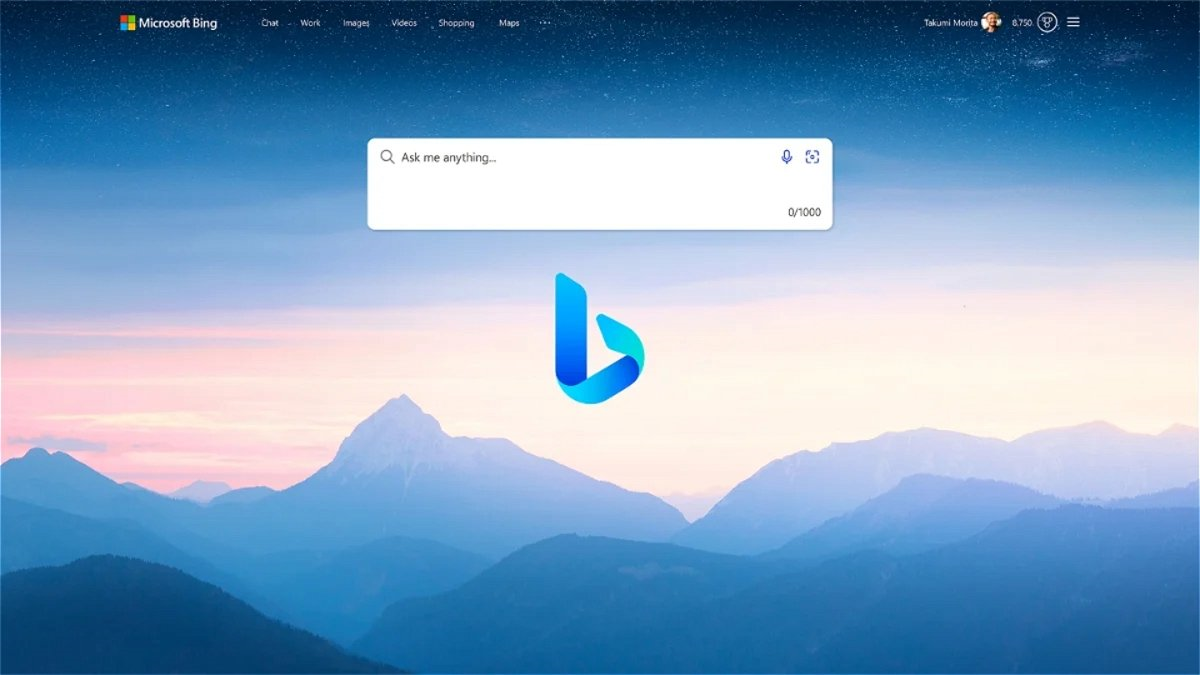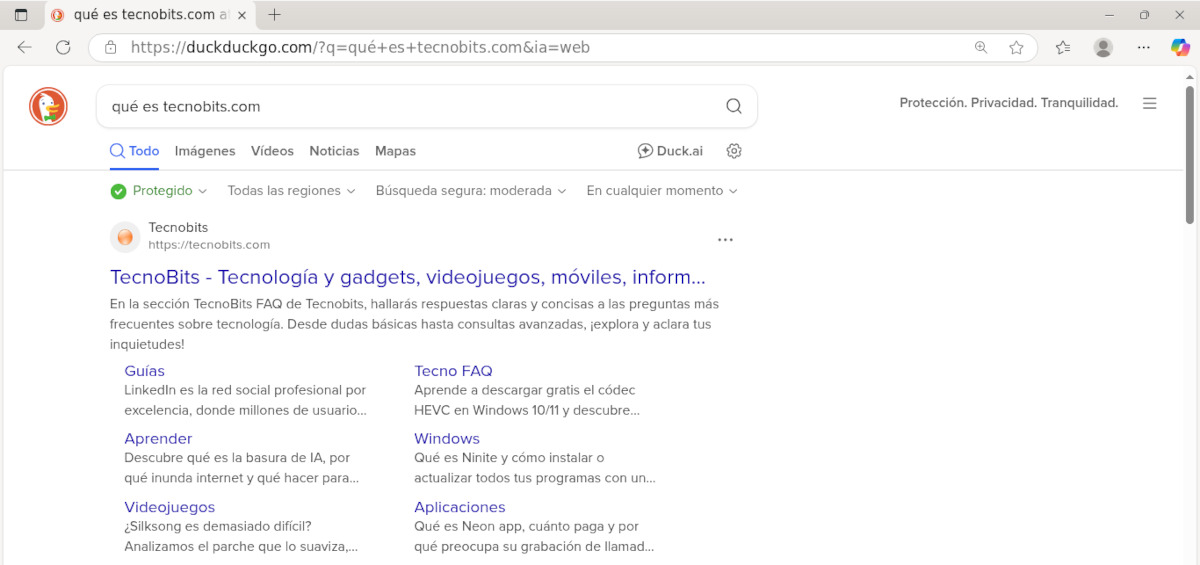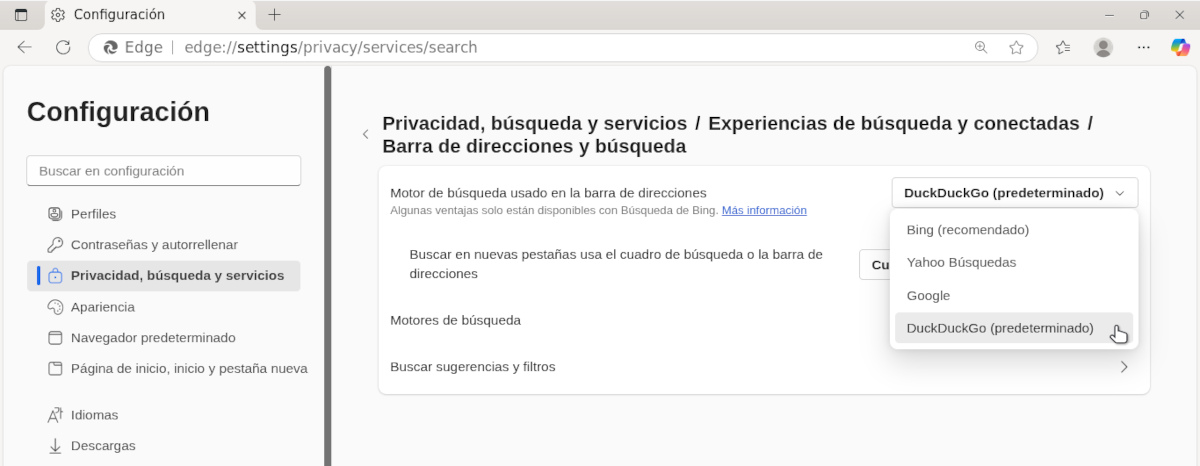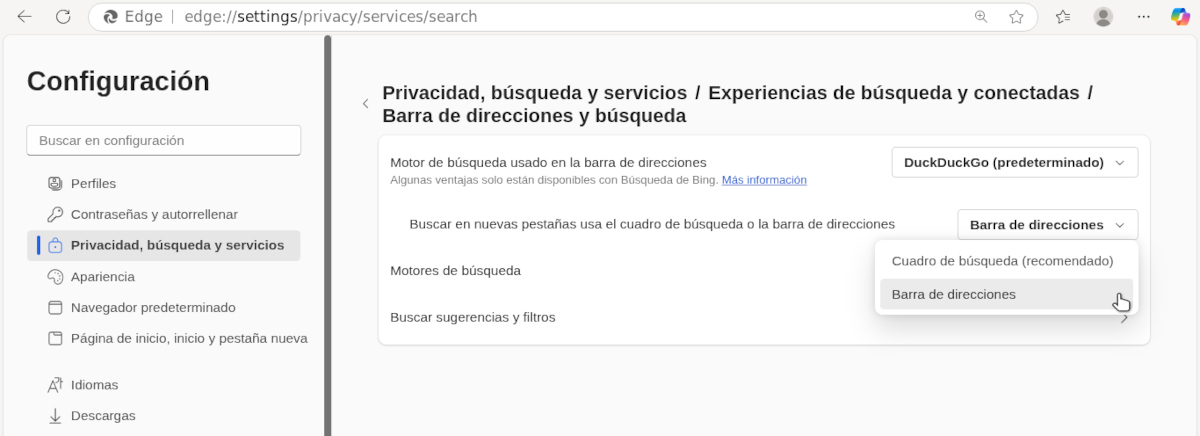
Would you like to remove AI summaries from your Bing searches? Microsoft has been incorporating this feature into its search engine for some time now. For many Edge users, it's a useful tool that saves time while browsing; others, however, would like delete it and recover the traditional list of resultsLet's see if the latter is possible.
What are AI summaries on Bing?

Want to remove AI summaries from your Bing searches? Starting mid-2023, Microsoft's official search engine has integrated advanced AI features into its interface.Copilot's chat is one of the best known, as are the AI-generated summaries.
Before this, the only result we got after a Bing search was a list of websites. But now, with the arrival of AI, the first thing that appears is a summary automatically made by Copilot SearchAt a glance, the summary contains everything you need to know, saving you from having to click on a search result to do some research.
How do AI summaries work on Bing? Simple: Copilot takes your query and searches for related information on different websites. Then, write a quick and direct response, which you can see right above the search result. The AI includes links to the websites it consulted to answer your query.
Advantages of AI summaries on Bing
Before you remove AI summaries from your Bing searches, you might want to consider the and advantages of this feature. Why are so many users comfortable with AI helping them with their queries?
- Speed: Saving time is the main advantage. You no longer need to manually search for answers by opening websites one by one.
- Accessibility: AI summaries are a native feature of search engines like Bing, Google, and Brave Search. So you don't need to install anything to enjoy this tool.
- Synthesis: Not everyone is good at summarizing. But AI does it quite well, and it organizes ideas in a way that's easy to understand and remember.
- Access to sourcesAs we mentioned, the summaries include the sources used by the AI. If you want more details or to corroborate something, just click the corresponding link.
- Traditional listingJust below the AI-powered summary, you'll find the traditional website listing. In fact, much of the summary is hidden, saving you from having to scroll too far to find the listing.
Reasons to remove AI summaries from your Bing searches

With so many advantages, are you sure you want to remove AI summaries from your Bing searches? What reasons would anyone have for doing so? Maybe they prefer have the traditional list of results, without AI-powered additionsThis approach raises problems such as:
- lack of precisionAI can misinterpret user intent or rely on unreliable sources. This can expose you to inaccurate content or absurd or even dangerous responses and recommendations.
- Loss of control:Letting AI investigate, summarize, and respond limits your own ability to reach conclusions.
- privacy risksMany fear that user-supplied information will be used to train models without their consent.
- personalized responses: AI responses are tailored to the user's history, so they lack objectivity and may cause some discomfort.
- Less diversity of sourcesFor its summaries, AI typically consults the most highly ranked websites. But we know this doesn't guarantee access to relevant or quality information.
How to remove AI summaries from your Bing searches?

Removing AI summaries from your searches on Bing isn't as simple as doing it on Google, for example. For obvious reasons, these two search engines They don't have a native function to disable it.. But in the case of Google, there are alternative methods that allow you to avoid or minimize its appearance. (See the article How to remove AI summaries from your Google searches).
Bing, on the other hand, is more secretive and doesn't offer a simple option to remove AI-powered summaries. After digging through Edge's settings, the only thing that yielded results was change search engineInstead of Bing, which is the default, you can select DuckDuckGo, which excludes AI-powered summaries by default.
Another search engine available is Google, better known and familiar to Windows usersWhile it also includes summaries created by Gemini, Google allows you to disable them. To do so, simply activate the Web tab after entering a search query, and the AI-powered quick answers will disappear. If you want to try it, you'll need to know how to change the search engine in Bing.
How to change the search engine in Bing

The most effective way to eliminate AI summaries from your Bing searches is to switch search engines in Edge. If you insist on using Bing as your search engine, you have no choice but to put up with the presence of Copilot Search and its summaries. But You can stay in Edge using another browser, adjustment that is made as follows:
- Opens Microsoft Edge and click on the three points which are next to the Copilot icon.
- In the floating menu, choose Configuration.
- In the left side menu, click on Privacy, search and services.
- Now select the option Search and connected experiences.
- In the next window, click on Address bar and search.
- You will see the option Search engine used in the address bar and a drop-down tab. Click on it and choose an engine other than Bing (DuckDuckGo, for example).
- Just below, in the option Search in new tabs using the search box or address bar, deploys and choose Address Bar.
- This will disable Bing and resolve all queries through the search engine you selected.
In conclusion, removing AI summaries from your Bing searches is difficult, but not impossible. Just Change search engines in Edge for a cleaner experience, AI-free. If you know of any other effective ways to do this, please feel free to share it in the comments section.
Since I was very young I have been very curious about everything related to scientific and technological advances, especially those that make our lives easier and more entertaining. I love staying up to date with the latest news and trends, and sharing my experiences, opinions and advice about the equipment and gadgets I use. This led me to become a web writer a little over five years ago, primarily focused on Android devices and Windows operating systems. I have learned to explain in simple words what is complicated so that my readers can understand it easily.
